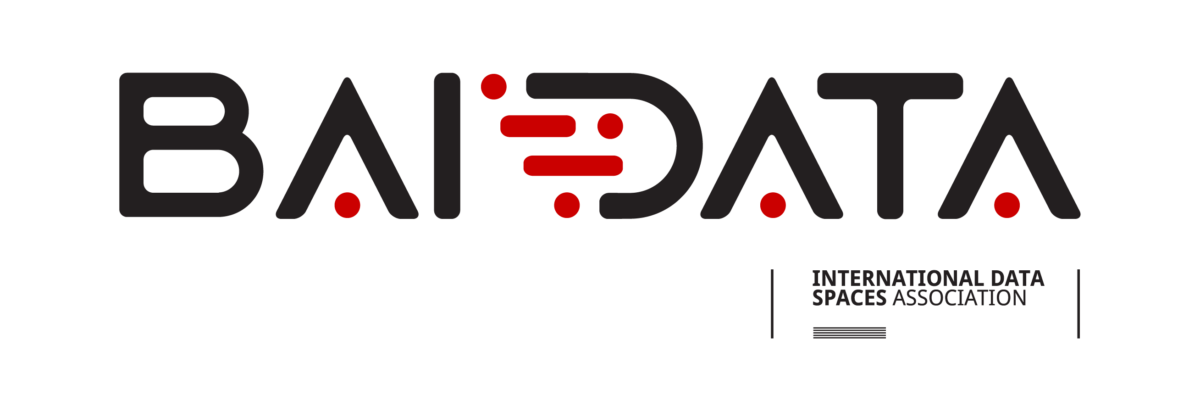Green hydrogen can play a key role in the energy transition process currently underway, as it has the potential to solve the energy storage problem usually connected with renewables. Hydrogen is denoted “green“ if it is exclusively produced from renewable energy sources. Transformation of power into gas is achieved by means of electrolysis: water is split up into its constituent elements, hydrogen and oxygen. The hydrogen resulting from this process can then be used for various purposes, such as industrial processes, mobility, or heating.
Pilot applications connecting electrolyzers and wind farms already exist. But what if the wind farm and the electrolyzer are geographically separated? And how to make sure, that in fact renewable power is available for hydrogen production? In this is the case, data must be efficiently exchanged between the systems connected. This is what EnDaSpace is about.
From Bremerhaven to Bad Hersfeld – power transmission over 400 kilometers
In the EnDaSpace demonstration project, the energy produced by the 8-megawatts wind power plant of Fraunhofer IWES in Bremerhaven is used to operate an electrolyzer installed at the power-to-gas research center of Fraunhofer IEE in Bad Hersfeld, which is located about 400 kilometers away from Bremerhaven. But only if enough wind power is available and the wholesale electricity price lies under a certain threshold because otherwise feeding the power into the public grid would be more profitable.
Such harmonization of energy production and energy consumption can be achieved by an Energy Data Space – an ecosystem for data sharing and exchange that not just provides the necessary functionality but also state-of-the-art technical standards ensuring data security and data sovereignty. An IDS Connector is used to feed the data space with production data from the wind power plant making it available for all systems involved.
An energy management software tool adds a wind power forecast from weather models and market data. As a digital service it then generates an optimized schedule for operating the electrolyzer, making sure relevant parameters (e.g. availability of wind power, current market price) and certain aspects of operation (e.g. time required for power-up or switching between different states) are taken into account. For the future, the researchers plan to optimize the electrolyzer’s mode of operation.
Using renewable energy when it is available
As a pilot project, EnDaSpace provides a use case demonstrating the great potential a data space can have for the energy sector – not just for producing green hydrogen, but for many other applications as well. Exchanging data in a protected environment allows all parties involved to share information on the amount of green energy being produced and made available in the grid, and to use this information for various purposes. An Energy Data Space can comprise an unlimited number of participants – all adhering to the same legal, technical and operational standards in terms of data security and data sovereignty and enabled to establish novel digital business models based on the data they share.





